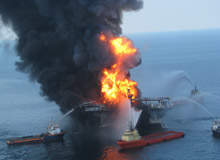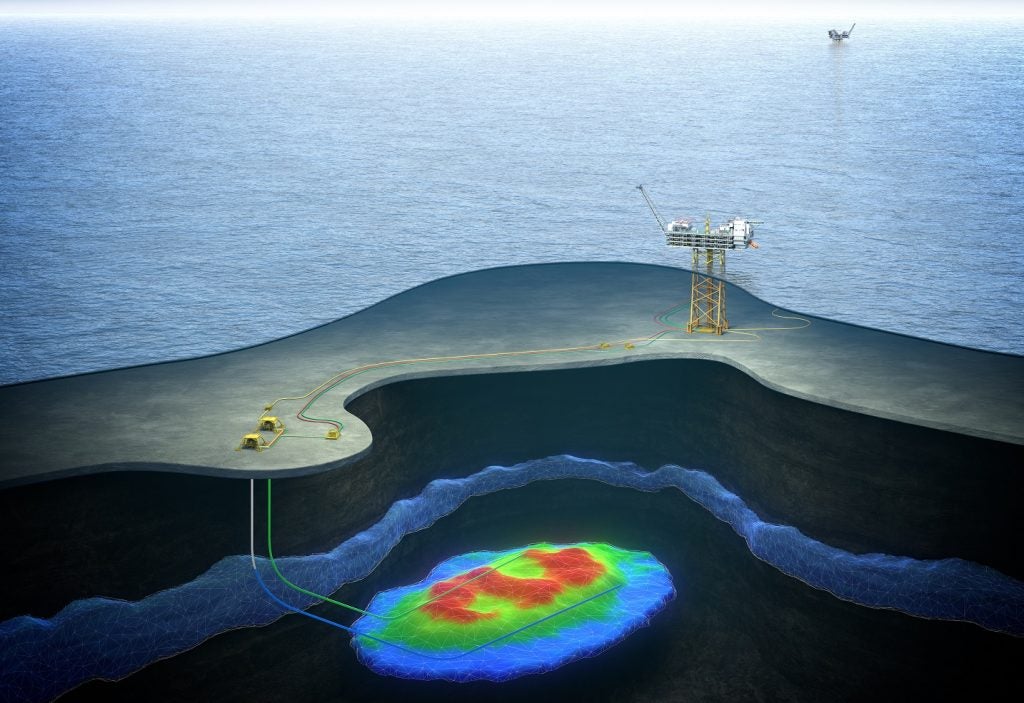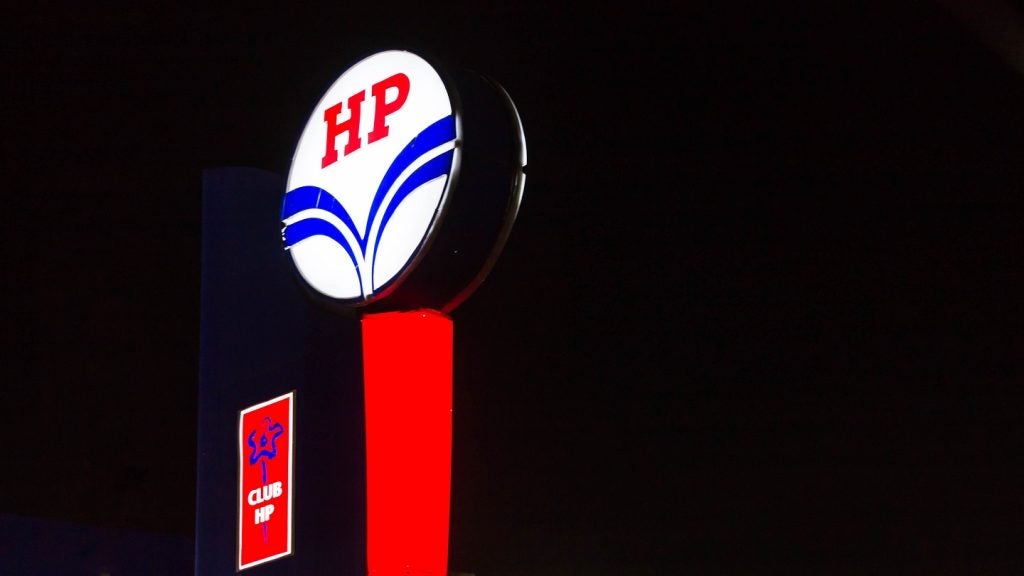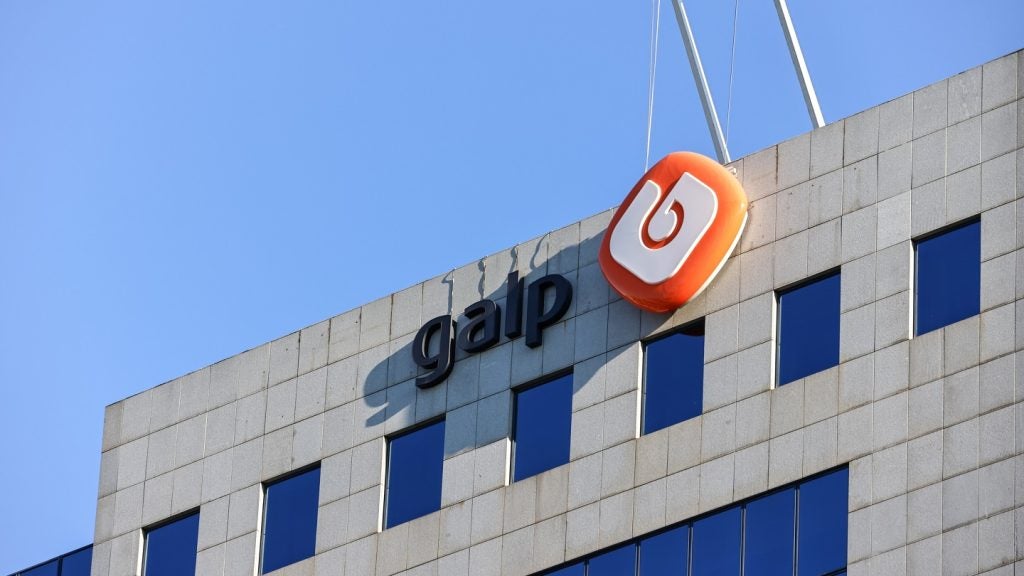

Deepwater Horizon oil spill, USA (2010)
The Deepwater Horizon oil rig disaster occurred in April 2010 in BP‘s Macondo oil and gas prospect in the Gulf of Mexico, spewing 4.9 million barrels of oil, the world’s biggest offshore oil-spill disaster to date.
The Deepwater Horizon semi-submersible offshore oil rig working on a Macondo exploration well suffered a massive explosion on 20 April 2010 with the ignition of hydrocarbons that gushed out to surface at an uncontrollable rate after a "well integrity failure" caused loss of hydrostatic control in the well. The influx of oil and gas could not be contained as the blowout preventer (BOP) device failed to seal the well. The rig sank on 22 April 2010 after burning for 36 hours causing successive explosions.
Oil continued to leak until a sealing cap was bolted on top of the blowout preventer on the 15th of July 2010, after a number of techniques initially employed to plug the well failed. The well was eventually sealed on 19 September by pumping heavy mud and cement into the well.
The Deepwater Horizon disaster took 11 human lives and killed thousands of marine species including birds, turtles and dolphins. BP had spent more than $14bn in response to the oil spill disaster by the end of 2013 and the oil cleanup activities continues as the company faces massive fines.
See Also:
Sedco 135F – IXTOC I oil spill, Mexico (1979)
The Sedco 135F disaster, also known as the IXTOC I oil spill, happened in June 1979 in the Bahia de Campeche (Bay of Campeche), an inlet of the Gulf of Mexico, releasing 3.5 million barrels of oil into the sea.
How well do you really know your competitors?
Access the most comprehensive Company Profiles on the market, powered by GlobalData. Save hours of research. Gain competitive edge.

Thank you!
Your download email will arrive shortly
Not ready to buy yet? Download a free sample
We are confident about the unique quality of our Company Profiles. However, we want you to make the most beneficial decision for your business, so we offer a free sample that you can download by submitting the below form
By GlobalDataThe disaster occurred when the Sedco 135F offshore oil rig was drilling the IXTOC I well for Mexican state-owned petroleum company PEMEX. It was caused by a loss of circulation of heavy fluid utilised as a lubricant for the drill that also provides a column of hydrostatic pressure to constrain the circulation of oil and gas to the surface.
The rig had dug the well to 3.65km with the 9-5/8" casing set at 3.62km by the time the rig operators realised the extent of the mud circulation. It was decided to pull the drill string and plug the well, but the absence of mud column’s hydrostatic pressure caused unrestricted flow of oil and gas to the surface where it ignited the rig causing it to sink.
The well blowout initially caused oil to spill at a rate of 30,000 barrels per day (bpd) but was brought down to 10,000 bpd by attempts to plug the well. The well was completely sealed nine months later, on 23 March 1980, after two relief wells were drilled to subdue pressure from the leaking well. The oil spill caused vast pollution destroying some marine species in the region. The oil slick was measured to be 180km x 80km in June 1980 and 500 aerial missions were flown to spray dispersants over the affected water.

Atlantic Empress oil spill, Trinidad and Tobago (1979)
The Atlantic Empress oil spill disaster on 19 July 1979 was caused by the collision of two fully loaded large crude oil carriers, the Atlantic Empress and the Aegean Captain, about 10mi (16km) off the coast of Tobago. The disaster resulted in more than 2.1 million barrels of oil gush into the Caribbean Sea making it the world’s biggest tanker spill.
The Atlantic Empress, en route to Beaumont (Texas) from Saudi Arabia, carrying 276,000t of crude oil, and the Aegean Captain, en route to Singapore from the southern Caribbean Sea island Aruba, carrying 200,000t of crude oil, hit each other during a tropical rainstorm in the Caribbean. The collision killed 26 people and set the entire body of the Atlantic Empress and the bow part of the Aegean Captain on fire.
The fire on the Aegean Captain was controlled and the ship still leaking a small amount of oil was towed to Curacao where the cargo was transferred into other vessels. The burning Atlantic Empress was towed towards the open sea, and despite a continuous fire fighting operation, the ship suffered a series of explosions finally sinking on August 3rd leaving a huge oil slick on the water surface.
Nowruz oil spills, Iran (1983)
Two oil spill disasters in Nowruz oil field located in the Persian Gulf, Iran, in 1983, spewed 1.9 million barrels of oil continuously to 1985, making it the biggest offshore oil spill in Middle East history.
The first disaster happened on the 24 January 1983 when a supply ship collided with a rig at Nowruz field, rupturing the riser at one wellhead causing oil spill at a rate of 240m3 per day. Containment of the spill proved difficult as the Nowruz oil field was then in the Iran/Iraq war zone. The leaking well was finally capped on 18 September 1983 but 11 people were killed during the capping.
A bigger oil spill disaster struck the same field when a nearby rig was attacked by Iraqi bombers in April 1983 resulted in a well blowout releasing oil at a rate of 795m3 per day into the sea. The oil flow from the well gradually slowed down and the well was capped in March 1985. Nine people died during the fire extinguishing and well plugging operations.
ABT Summer oil spill, Angola (1991)
The ABT Summer oil tanker disaster which occurred in May 1991 about 900mi off the coast of Angola spilled 1.9 million barrels of oil into the ocean.
The ABT Summer oil cargo vessel carrying 260,000t of Iranian heavy crude oil from the Gulf terminal at Kharg Island in Iran to Rotterdam caught fire on the 28th of May 1991 due to an unexplained detonation. Twenty seven people were rescued from the burning oil carrier, one person was found dead and four people missing were presumed dead.
The ABT Summer burnt for three days before it sank on 1 August 1991 after two tugs and a plane failed to extinguish the fire. The oil released in the incident formed a slick on water surface spanning 80mi around the vessel’s location.

Castillo de Bellver oil spill, South Africa (1983)
Castillo de Bellver, a Spanish oil tanker carrying 250,000t of Arabian light crude oil caught fire and capsized in the Table Bay near Cape Town, South Africa, in August 1983, spilling about 1.88 million barrels of oil.
The oil tanker caught fire about 70mi northwest of Cape Town on 6 August 1983 and floated off the coast before it broke into two pieces about 36km away from the coast spilling oil into the bay. The stern section of the oil carrier still holding 100,000t of oil capsized and sank on the spot whereas the bow section was towed away from the coast to be sunk in deep waters with the help of explosives.
The prevailing wind moved the oil slick formed on the water surface away from the shore without causing major coastal pollution. Diluted dispersant and dispersant concentrate were sprayed at the edge of the oil slick to prevent the spread of oil within 32km from the shore.







